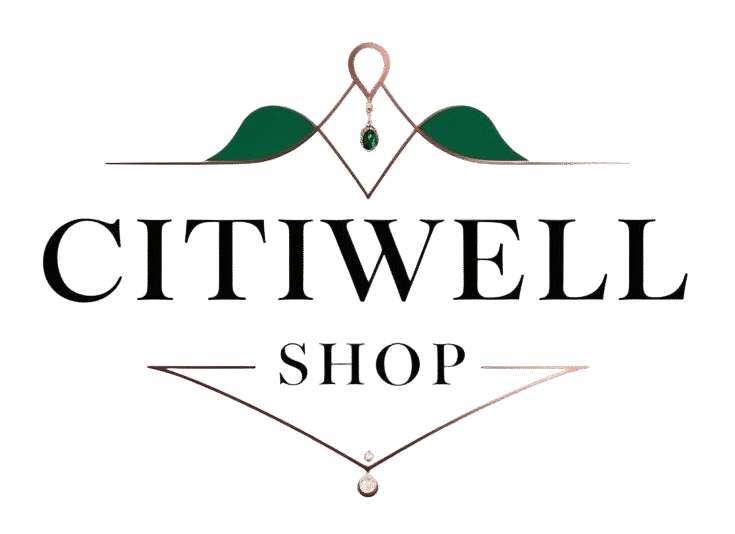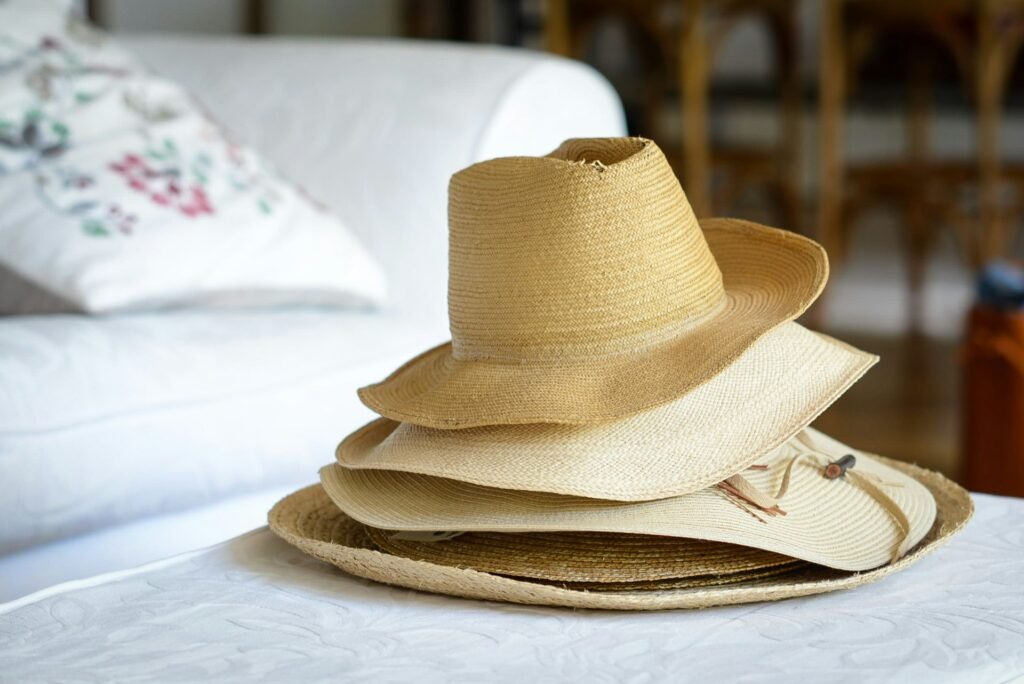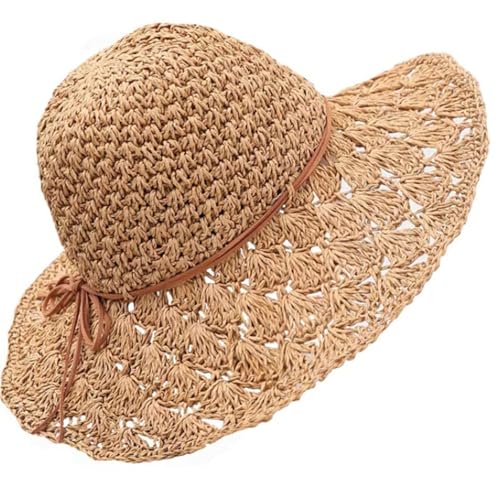This post may contain affiliate links which means we may receive a commission at no cost to you, if you make a purchase through a link. Please see our full disclosure for further information.
We all know how important it is to shield our skin from the sun’s rays. Sunscreen is a key player, but it’s not the only tool in your arsenal. This guide covers other ways to protect your skin, including clothing, hats, and seeking shade.
Understanding UPF Clothing
UPF stands for Ultraviolet Protection Factor. It’s like SPF, but for fabrics. UPF measures how much UV radiation can pass through the fabric and reach your skin.
UPF ratings tell you how well a fabric protects you from both UVA and UVB rays. Sunscreen SPF values only measure UVB protection, so UPF clothing has advantages.
Several things determine a garment’s UPF rating:
- Construction: Densely woven fabrics block more UV rays. Think of a denim jacket versus a loosely knit sweater.
- Color: Darker colors absorb more UV radiation.
- Treatments: Some fabrics are treated with chemicals to increase their UV absorption.
- Material: Nylon and polyester are great at blocking UV rays. Shiny polyesters and lightweight silks can also reflect UV light. Cotton, rayon, and hemp aren’t as protective unless treated.
- Fit: Loose clothing provides better protection. Stretched or tight clothing reduces the UPF.
Important Note: When buying UPF-rated clothing, look for a UPF label. This ensures the item has been tested and meets the expected protection level.
What UPF Rating Should You Look For?
A UPF rating of 50 means the fabric blocks 98% of UV radiation. Only 1/50th of the UV radiation reaches your skin.
How to Care for UPF Clothing
Always follow the care instructions on the label. If your garment has a chemical treatment for UV protection, the label will tell you how many washes it lasts.
What if Your Clothes Don’t Have a UPF Rating?
You don’t need a full wardrobe of UPF-rated clothing. You likely have items that offer some sun protection.
Here’s how to evaluate them:
- Darker Fabrics: Darker fabrics offer more protection.
- Dense Weave: Hold the fabric up to the light. If no light passes through, it will protect your skin.
- Fabric Type: Nylon and polyester are better than cotton. A white cotton t-shirt has a UPF of only around 7. When wet, this goes down to around 3.
Favorite UPF Clothing Recommendations
Here are some great UPF clothing options:
- Skinnvi Solara Crop Top: A sleeveless, cropped turtleneck that you can layer under other tops for extra protection on your neck and chest.
- CET Sunwear Cropped Hoodie: A comfortable hoodie with a hood that fits over a baseball cap.
- Solbari: They offer a variety of UPF clothing, including base layer t-shirts, quarter-zip tops, and sensitive-skin cotton t-shirts.
- Bloquv: Another great brand for UPF clothing.
- Coolibar: Known for their high-quality UPF long-sleeve t-shirts.
- Lands’ End Rash Guard: A lightweight and comfortable rash guard for swimming.
- Target All in Motion Pants: Affordable and comfortable UV protective pants.
Don’t Forget Hand Protection!
Protecting the skin on your hands is important. Consider these options:
- Solbari Fingerless Driving Gloves: Easy to use and keep your hands cool.
- Solbari Hand Covers: Like mittens with the fingers cut off, great for extra coverage.
Other Helpful Items:
- Coolibar Bandana: Versatile for neck and shoulder protection.
- Coolibar Shawl: A larger shawl that can be used as a blanket or to cover your legs.
- Coolibar Protective Mask: Covers your lower face and neck for maximum protection.
Hats for Sun Protection
Hats are another essential part of sun protection. But not all hats are created equal. Look for hats with a wide brim that provides 360-degree coverage. A wide brim is anything 3 1/2 inches or bigger.
Baseball caps don’t offer enough protection because they leave the sides and bottom of your face exposed.
Here are some hat recommendations:
- Bluestone Sunshield Visor: Provides full face protection, great for driving or gardening.
- San Diego Hat Company Visor: Affordable, packable, and comes in many colors.
- Lack of Color Cove Hat: Stylish hat with a wide brim.
- Jenni Kayne Cotton Canvas Hat: Packable and comes in multiple colors.
- Eric Javits Hampton Hat: A large, floppy wide-brimmed hat.
- Solbari Wide Brim Beach Hat: Good for the pool, beach, or hiking. It has a chin strap and a ponytail opening.
- Sunday Afternoons Latitude Hat: High-quality and affordable with a lifetime warranty.
- Lack of Color Holiday Bucket Hat: A wide-brimmed bucket hat with a chin strap.
Seek Shade
Try to avoid direct sunlight, especially between 10 a.m. and 4 p.m. Use awnings when available.
Bring Your Own Shade:
- Umbrellas
- Portable shade structures
- UPF pop-up tents
Keep in mind that you’re not 100% protected from UV rays when in the shade.
Eye Protection
Sunglasses protect your eyes from UV radiation.
This protection is non-negotiable because UV rays—even on cloudy or overcast days—can penetrate the eyes and cause long-term damage. UVA rays, which account for 95% of UV radiation reaching Earth, penetrate deep into the eye’s tissues, contributing to age-related macular degeneration and cataracts over time. UVB rays, though less prevalent, are more intense and can burn the cornea (a condition called photokeratitis, often nicknamed “snow blindness” when caused by sun reflecting off snow). Overexposure can also weaken the skin around the eyes, leading to premature wrinkles or even eyelid cancer.
Check that your sunglasses offer UVA and UVB protection.
Not all sunglasses are created equal—dark lenses alone don’t guarantee UV defense. Look for labels that explicitly state “100% UVA/UVB protection” or “UV 400,” which means they block all rays up to 400 nanometers (the range that includes both UVA and UVB). Some brands also carry certifications from organizations like the American Academy of Ophthalmology, which vet their protective claims. Avoid knockoff or unlabeled styles, even if they look similar to designer pairs—they may lack proper UV filters, leaving your eyes vulnerable despite the tint.
Larger or wraparound styles offer the best coverage.
Why? Because UV rays don’t just come from the front—they bounce off surfaces like water, sand, or concrete, sneaking in from the sides, top, or bottom of your sunglasses. Larger frames (think oversized cat-eyes or square styles) extend beyond the eye socket, shielding more of the surrounding skin and blocking peripheral light. Wraparound designs take this a step further, hugging the sides of your face to seal out stray rays—ideal for activities like hiking, driving, or spending time on the water, where reflections are intense. Even trendy styles like aviators, with their extended temples, offer better side coverage than tiny, narrow frames. The goal is to create a “barrier” that leaves little room for UV rays to slip through—proof that function and fashion can absolutely go hand in hand.
Sun Protection: More Than Just Sunscreen
Sun protection is more than just sunscreen. Using UPF clothing, hats, seeking shade, and wearing sunglasses can greatly reduce your sun exposure. Combine these methods for the best protection.
Take action today! What steps will you take to improve your sun protection routine?
Uncover further inspiration in our blog.




















